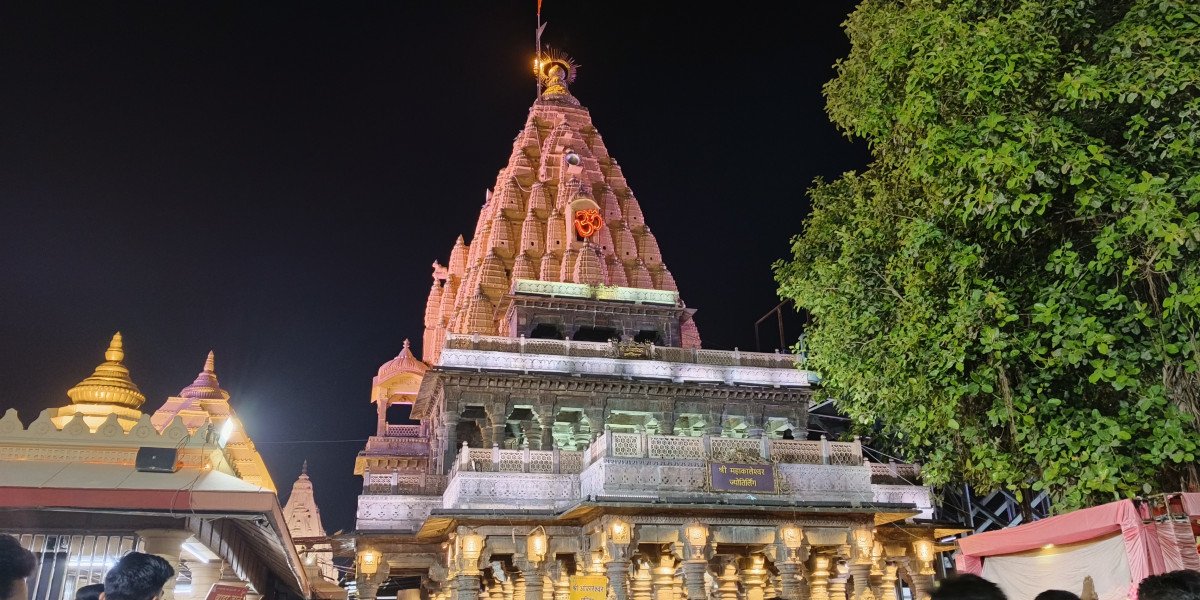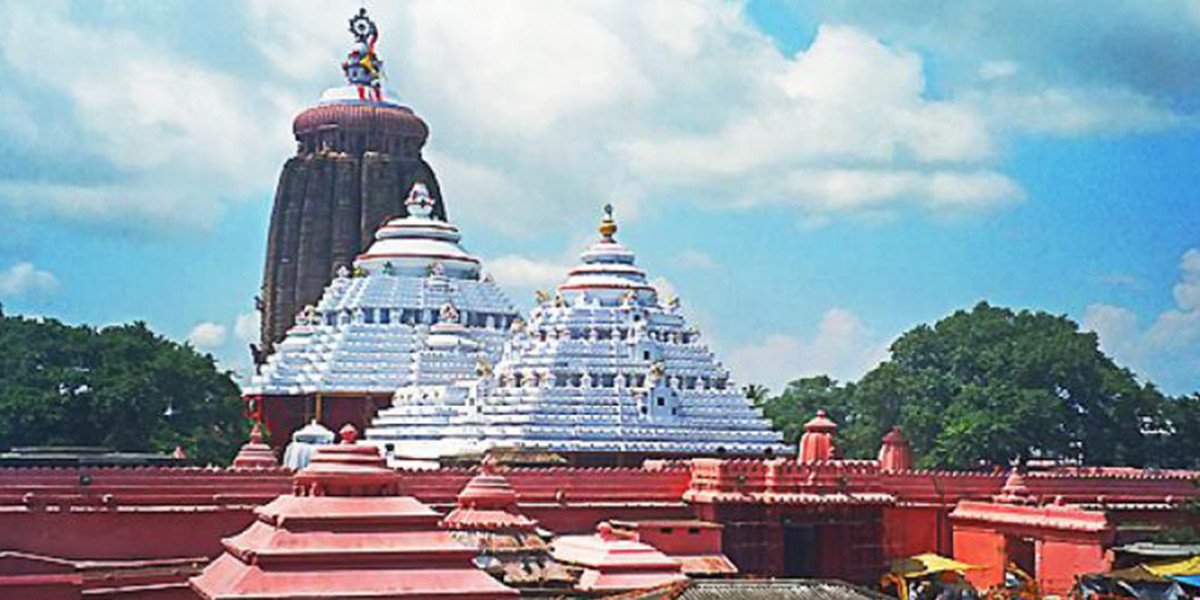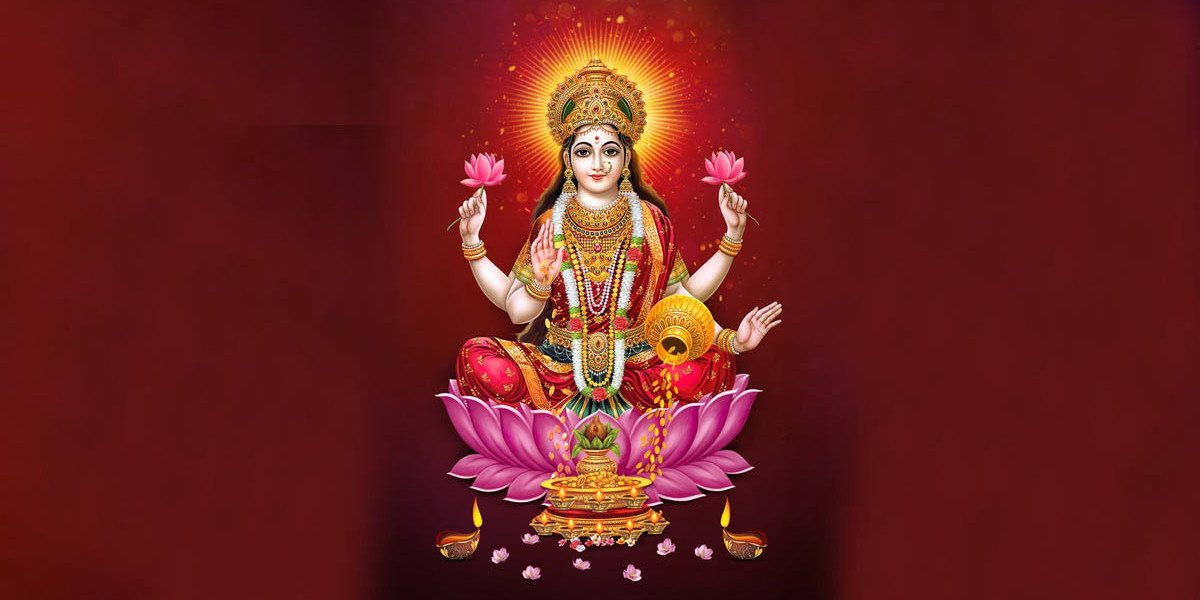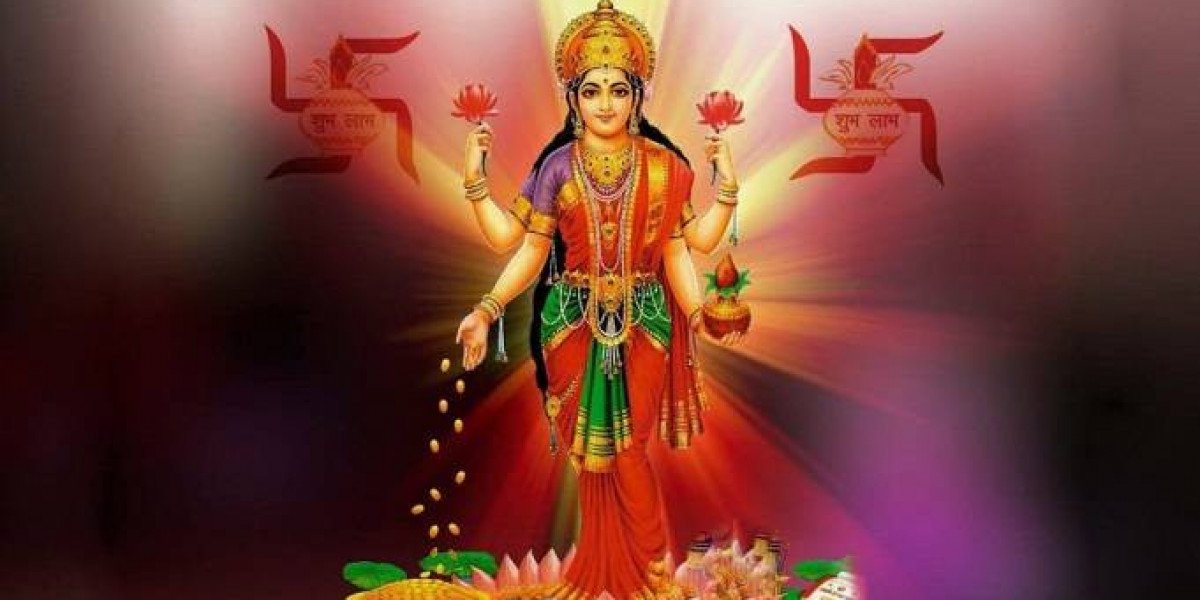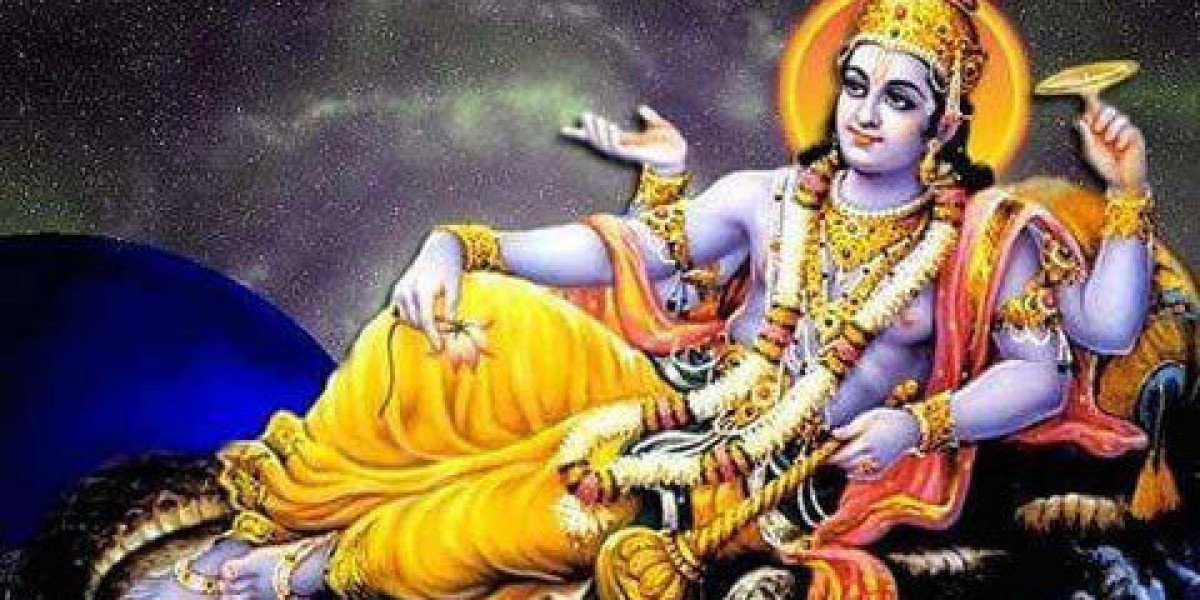प्राचीन इतिहास और महत्त्व
उज्जैन, मध्य प्रदेश के मालवा पठार पर क्षिप्रा नदी के किनारे बसा, भारत के सबसे प्राचीन और पवित्र नगरों में से एक है। यह धार्मिक, ऐतिहासिक और सांस्कृतिक दृष्टि से अत्यंत महत्वपूर्ण है।
अवंतिका की राजधानी: लगभग 600 ईसा पूर्व उज्जयिनी (अवंतिका) के रूप में स्थापित यह नगर व्यापार और राजनीति का प्रमुख केंद्र था। यूनानी व्यापारी भी इसका उल्लेख करते हैं।
वैज्ञानिक दृष्टि से केंद्र: इसे "भारत की ग्रीनविच रेखा" कहा जाता है, क्योंकि यह हिंदू ज्योतिष में प्रधान रेखा मानी जाती है। यहाँ ब्रह्मगुप्त, वराहमिहिर और भास्कराचार्य जैसे विद्वानों ने कार्य किया।
विक्रमादित्य का स्वर्णकाल: सम्राट चंद्रगुप्त द्वितीय (विक्रमादित्य) के काल में उज्जैन संस्कृत साहित्य और खगोल विद्या का प्रमुख केंद्र बना।
राजनीतिक परिवर्तन: 1235 ई. में इल्तुतमिश द्वारा लूटे जाने के बाद, यह नगर मुगल, मराठा (सिंधिया) और फिर ब्रिटिश नियंत्रण में रहा।
धार्मिक महत्त्व और मंदिर
महाकालेश्वर ज्योतिर्लिंग: दक्षिणमुखी शिवलिंग वाला यह मंदिर भारत के 12 ज्योतिर्लिंगों में से एक है। यहाँ की भस्म आरती विश्वविख्यात है।
काल भैरव मंदिर: यहाँ भक्त शराब का भोग लगाते हैं। यह मंदिर तांत्रिक परंपरा से जुड़ा है।
हरसिद्धि माता मंदिर: यह शक्ति पीठ माना जाता है, जहाँ सती का कोहनी भाग गिरा था। यह विक्रमादित्य से भी जुड़ा हुआ है।
मंगलनाथ मंदिर: मंगल ग्रह को समर्पित यह मंदिर खगोलीय दृष्टिकोण से अत्यंत महत्त्वपूर्ण है।
चिंतामण गणेश व भर्तृहरि गुफा: ध्यान और साधना के लिए उपयुक्त स्थान हैं, जिनका संबंध भर्तृहरि जैसे ऋषियों से है।
इस्कॉन व गोपाल मंदिर: ये श्रीकृष्ण को समर्पित मंदिर हैं, जो भक्ति के विविध रूपों को दर्शाते हैं।
खगोल विद्या और वास्तुकला
वेदशाला (जंतर मंतर): महाराजा जय सिंह द्वितीय द्वारा 1725 में निर्मित, यह वेधशाला खगोल विज्ञान की पारंपरिक विधाओं का जीवंत प्रमाण है।
कालियादेह महल: 15वीं सदी का यह नदी किनारे बना महल फारसी अभिलेखों और मुगल-मराठा वास्तुशैली को दर्शाता है।
तीर्थ और मेले
सिंहस्थ कुंभ मेला: हर 12 वर्ष में एक बार उज्जैन में यह विशाल मेला आयोजित होता है। रामघाट पर लाखों श्रद्धालु पवित्र स्नान करते हैं।
चौरासी महादेव: उज्जैन में 84 शिव मंदिर स्थित हैं, जिनके दर्शन करना विशेष पुण्यकारी माना जाता है।
संस्कृति, शिक्षा और आधुनिक उज्जैन
कालिदास की स्मृति और साहित्य: महाकवि कालिदास, वराहमिहिर आदि की कर्मभूमि रहा उज्जैन आज भी कालिदास अकादमी व साहित्यिक उत्सवों के माध्यम से इस धरोहर को जीवित रखे हुए है।
शिक्षा व उद्योग: 1957 में स्थापित विक्रम विश्वविद्यालय यहाँ का प्रमुख शैक्षिक संस्थान है। यहाँ के उद्योगों में वस्त्र, पीतल के बर्तन, खाद्य तेल और मिठाइयाँ शामिल हैं।
जीवंत विरासत: उज्जैन आज भी अपने प्राचीन गौरव और आधुनिकता को साथ लेकर चलता है—जहाँ मंदिरों के बीच नए होटल, सड़कों और सुविधाओं का भी विस्तार हुआ है।
यात्रा सुझाव
यात्रा का सर्वोत्तम समय: कुंभ मेला, शिवरात्रि व नवरात्रि जैसे पर्वों पर उज्जैन की यात्रा करें।
जरूर करें ये अनुभव: सुबह की भस्म आरती, शाम की रामघाट आरती, वेधशाला का भ्रमण, और कालियादेह महल की शांति का आनंद।
नजदीकी स्थल: सांदीपनि आश्रम, हरसिद्धि मंदिर और भैरवगढ़ के बटिक हस्तशिल्प केंद्र।
निष्कर्ष
उज्जैन मात्र एक नगर नहीं, बल्कि भारत की आध्यात्मिक, बौद्धिक और सांस्कृतिक यात्रा का जीवंत प्रतीक है। यहाँ हर गली, हर घाट, हर मंदिर एक कथा कहता है—जो भारत के युगों का दर्शन कराता है।
In English
Ancient Origins & Historical Significance
Avanti’s Capital: Founded around 600 BCE as Ujjayini (Avanti), Ujjain served as a major political and trade centre, with connections to distant regions noted even by Greek merchants.
Scientific Hub: Known as the "Greenwich of India," it marked the prime meridian for Hindu geography. The city was home to luminaries such as Brahmagupta, Varahamihira, and Bhaskara II
Golden Age under Vikramaditya: Under Chandragupta II (Vikramaditya), the city attracted the Navaratnas and became a nucleus of Sanskrit literature and astronomy
Transitions of Power: After suffering sack by Iltutmish in 1235, Ujjain cycled through Mughal, Maratha (Scindia), and British control before becoming part of modern Madhya Pradesh
Spiritual Heartbeat & Temples
Mahakaleshwar Jyotirlinga: South-facing Shiva idol, famous for the morning Bhasma Aarti—a luminous ritual conducted daily—anchors the religious life here
Kal Bhairav Temple: Unique for offering liquor to the fierce guardian deity, this rock-faced idol is central to local tantric traditions
Harsiddhi Temple: A revered Shakti Peetha, it is believed to be the site where Sati’s elbow fell. The temple is associated with the legendary Vikramaditya.
Mangalnath Temple: Dedicated to Mars and situated on a hill by Shipra, prized for its astrological significance.
Chintaman Ganesh & Bharatari Caves: Quiet places for worship and meditation tied to ancient sages like Bhartrihari.
ISKCON & Gopal Mandir: Dedicated to Krishna, these reflect Ujjain’s diverse devotional landscape .
Astronomy & Architecture
Vedh Shala (Jantar Mantar): Built by Jai Singh II in 1725, this open-air observatory with 13 instruments remains a living testament to traditional astronomy .
Kaliadeh Palace: A 15th-century riverfront pavilion, with Persian inscriptions and Mughal-Maratha architecture, restored in the early 20th century.
Pilgrimages & Festivals
Simhastha Kumbh Mela: Held every 12 years, Ujjain's Simhastha is one of four major Mela sites. Pilgrims from across India come to bathe at Ram Ghat on Shipra's banks .
Chaurasi Mahadeo: Home to 84 Shiva shrines, it’s said pilgrims can't even make a dent offering grains at each temple.
Culture, Learning & Modern Ujjain
Kalidasa Smriti & Language Legacy: Ujjain nurtured Kalidasa, Varahamihira and other scholars; the city continues to celebrate its literary legacy via Kalidasa Academy and annual events.
Education & Industry: Vikram University (est. 1957) supports regional education. The city’s industries include textiles, brassware, edible oils and confectionery .
Living Heritage: Ujjain seamlessly blends its ancient past with contemporary vitality—modern streets, hotels, and pilgrim infrastructure coexist with timeless rituals.
Visiting Tips
Best Time: Plan for Kumbh Mela on zodiac timing or visit during Shivaratri and Navaratri for cultural richness.
Must-Dos: Attend the dawn Bhasma Aarti, observe the evening aarti at Ram Ghat, tour Vedh Shala, and relax by Kaliadeh’s riverside serenity.
Nearby Day Trips: Sandipani Ashram, Harshriddhi, and Batik workshops in Bhairogarh offer spiritual and cultural expansion.
In Summary
Ujjain is not just a city—it’s a lived timeline of India’s spiritual, intellectual, and cultural evolution. From ancient astronomy to temple rituals, from Sanskrit classics to epic pilgrimages, Ujjain invites you to walk through centuries, one ghat at a time.
